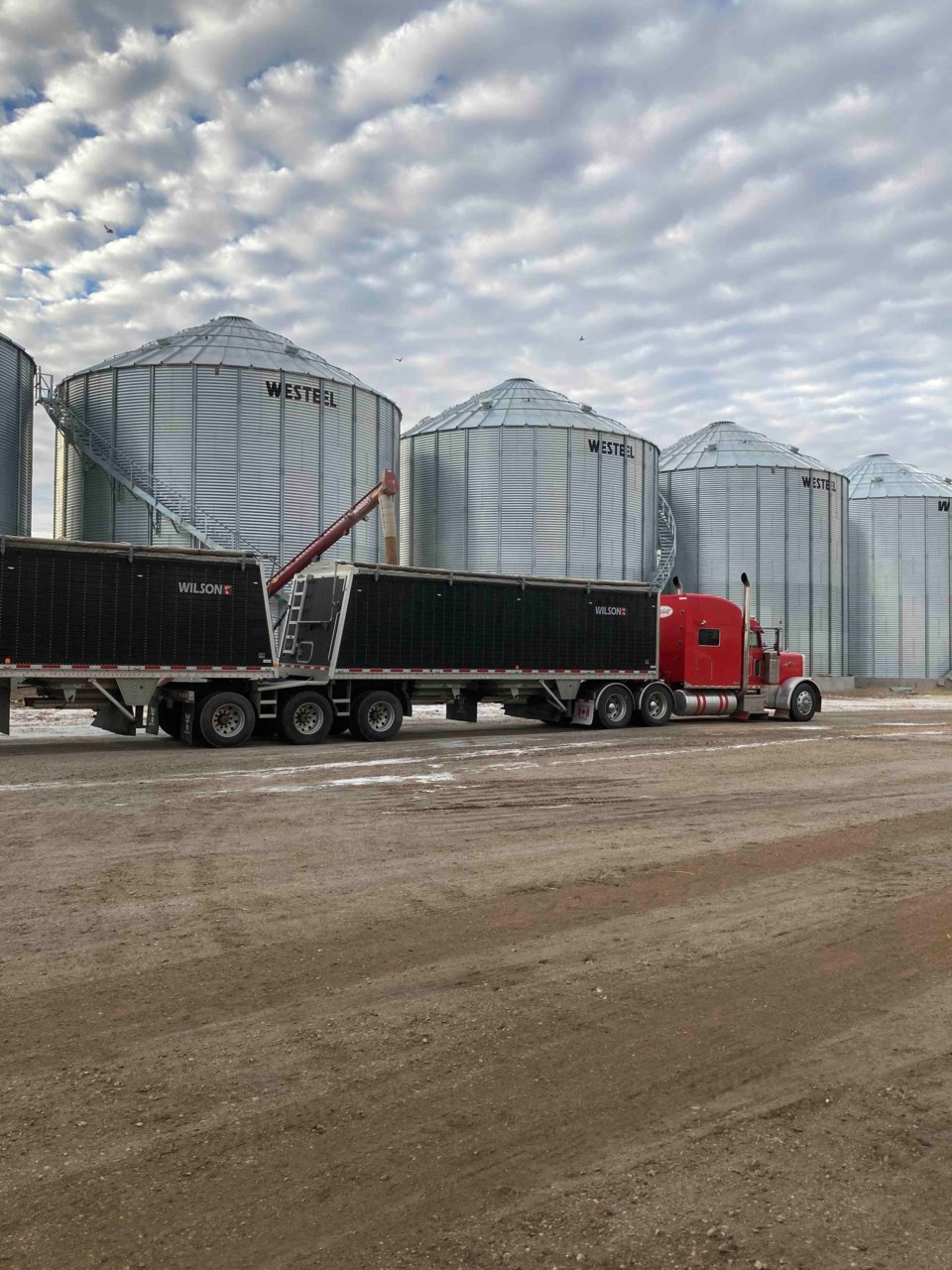An Estevan area agriculture producer was among those delighted to see the moisture that the region received earlier this month.
“It was huge. We really, really needed it,” said Troy Adams. “It was a really good thing to see for us.”
The precipitation started on April 11 as rain, and then shifted to snow as the temperatures dropped. Since the temperature hovered around zero for most of the storm, most of the moisture came as wet snow.
It’s hard to say how much precipitation was received, but Adams believes his farm received at least 20 centimetres of snow. And they received about two-tenths of an inch of rain.
The bonus is that the snow was wet, thick and heavy.
“It’s just the moisture that we needed, and a nice, slow melt, so it all settles into the ground nicely,” said Adams.
Once the fields dry up, he’ll be able to start seeding. Many of his fellow producers are also looking forward to seeding’s start.
Prior to the snow arriving, he was facing the possibility of seeding into dry ground. It was something that concerned Adams.
“We were holding off,” said Adams. “We probably would have started this week on Monday (April 12), right when it started to snow. We were holding off until it warmed up a little more, and we were really waiting for some moisture.”
Other producers were happy to see the moisture as well, and it’s given them some optimism as they start the season.
A couple of producers that he knows had seed in the ground before the storm.
“I would think now everybody would be getting ready … to get out in the field,” said Adams.
Adams family farms about 14,000 acres of land. They expect to seed yellow peas, canola, wheat and durum, which is a normal rotation for them.
“We switch some things in and out. Sometimes there’s some soy beans and sometimes there’s some lentils and that sort of thing, but that’s where we settled in this year,” he said.
The dry conditions did have some influence in what they were going to grow, and they were locked in with seed and chemical when the precipitation arrived.
Adams said they will need some more moisture over the course of the spring. He expects this will be enough to keep the dust down and keep people satisfied temporarily, but there’s no sub-soil moisture out there at all, so they will need some really timely rains throughout the season to carry them through.




